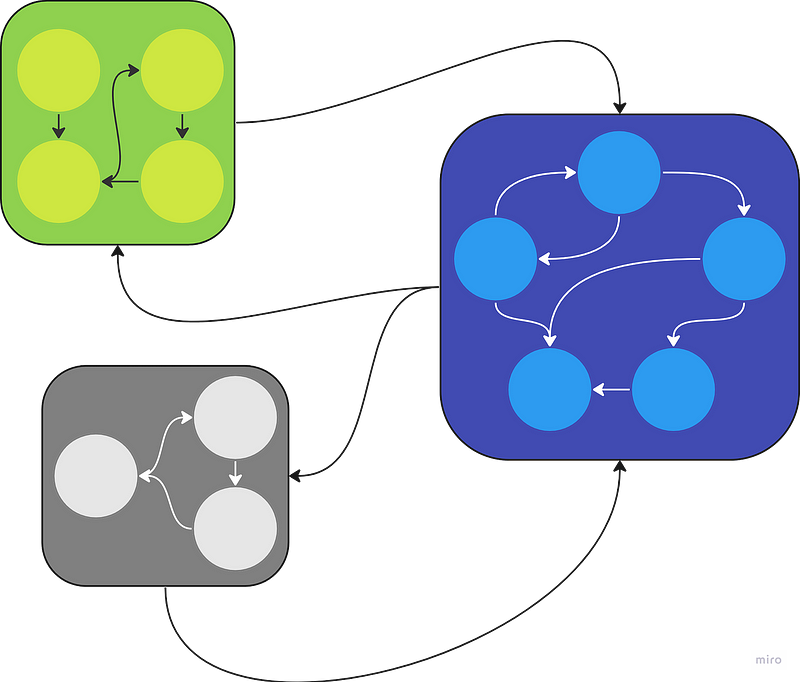Manage boundaries. Build well.
Composition refers to the way in which something is put together. Composition is a key element in many of the things humans create. Whether it be a musical piece, a painting, a garden, or a building, the way we assemble the core components — the composition of them — has a significant impact on the overall experience.
Software composition is about constructing complex systems by piecing together smaller, distinct components into modules and piecing modules together into systems.
A complex system that works is invariably found to have evolved from a simple system that worked. A complex system designed from scratch never works and cannot be patched up to make it work. You have to start over with a working simple system.
- John Gall (Gall’s Law)
Each of these smaller, distinct components should exhibit a set of characteristics. They should be small, have a single evident purpose that they consistently do well, operate as independently as possible, adhere to agreed idioms (standards and conventions), promote intentional observability (the ability to monitor what the software is doing), and represent the problem domain for which they are intended.
For an excellent, more in-depth read on these characteristics, I recommend Dan North’s article on CUPID. Dan has had a tremendous influence on the way I think about software over the years.
Doc’s Substack is a reader-supported publication. To receive new posts and support my work, consider becoming a free or paid subscriber.
When our components — functions, methods, procedures, routines — exhibit the desired characteristics, they are better able to be assembled into larger modules — classes, libraries, functional compositions — with low risk and high reliability.
Modules should exhibit the same characteristics as components. They should additionally collect together closely related concepts (known as cohesion) and be structured in such a way that they have as few dependencies as possible on other modules (known as coupling). We want high cohesion and low coupling.
This approach to development allows us to ultimately create systems from well composed modules and components, creating systems that are relatively independent, observable, reliable, and malleable.
We will cover more on composition, including tools, techniques, and principles in future articles.
If you want to keep up on the progress of the Behaviors Book, pay attention to the Behaviors Book page. And if you would like to learn more about how we use The Behaviors to guide teams, reach out.



The other day, I was in a Slack discussion with some of the good folks at Test Double. The topic of bug bashes came up, and the conversation was rich. People brought thoughtful perspectives and experiences, and the discussion left me reflecting on what bug bashes say about the systems we work in.